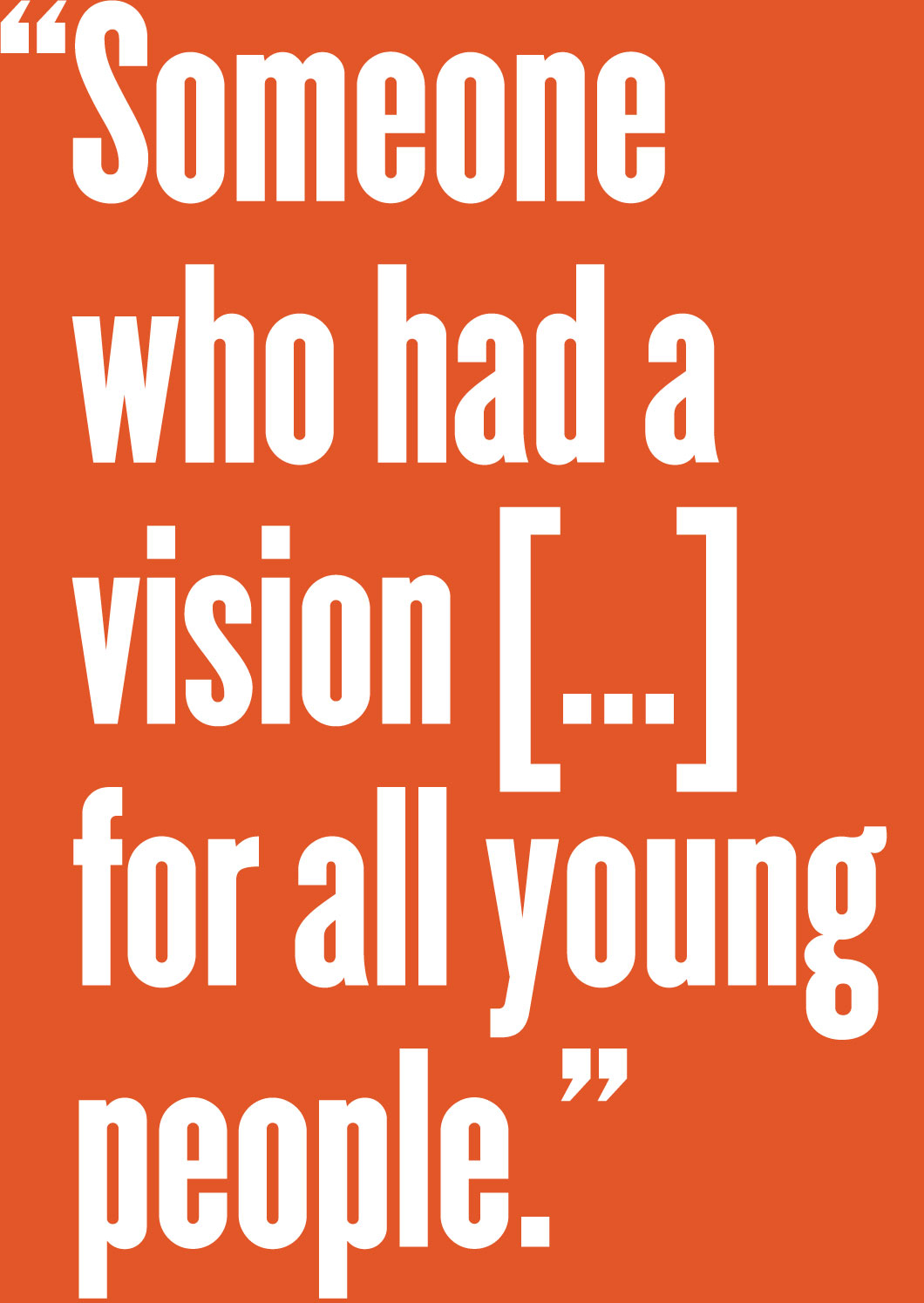
Witnessing a Life: The Diary of Yitskhok Rudashevski
When Yitskhok Rudashevski, age 14, began his journal in the Vilna Ghetto in 1941, he could not have known that dozens upon dozens of young Jews in towns and cities across Europe were doing the very same thing: picking up pens, finding a corner of light, and opening their own notebooks in which to write themselves into existence.
What is it that makes a person begin a journal? Sometimes it’s to put down innermost thoughts or grapple with the self. Sometimes it’s to record a part of the writer’s lived experience, to document a particular moment in time, or as an act of defiance against silence or oppression. Whatever the individual reason, it is a profoundly human gesture, stemming from the idea that each individual life matters and that to mark our place in the world is our birthright.
Beyond the question of what surviving wartime journals may mean for their writers, there is the question of what they mean for us, for those who read them years or decades later, in a world that often bears no relation to that of the writer. For us, suddenly, an individual voice rises up from amid the official records, the documents, the scholarly interpretations to say, I was there. This is what it was really like.
Of the many diaries and journals that have come down to us throughout history, those written by young people capture something more. Youth itself is fleeting, reflecting a particular point of view, a developmental moment, that once gone is lost to us forever. Young people who wrote diaries and journals have left us not only a record of their lives at a particular moment in history, but of a particular moment in the span of a life, as well. Youth journals often reflect first encounters with the wider world, encompassing the challenges of friendship, family, and romantic love, the search for identity, and such profound human mysteries as joy, sorrow, loss, justice, hope, and the very nature and meaning of life itself. While teens are often dismissed as “just kids,” their journals show just how compelling their interior lives can be, offering insights into our shared human experience and revealing them as thoughtful, reliable witnesses to their own lives.
Yitskhok Rudashevski’s diary is undoubtedly among the most lyrical, heartfelt, and haunting of all those written during the Holocaust. In the pages of his journal, we meet a young, aspiring writer, someone who earnestly wished to capture in words both his own lived experience and that of his community. Someone who had a vision not only for himself but also for all the young people sharing the grueling, grinding daily life in the Vilna Ghetto under the Nazis. He believed that through writing, learning, and creative effort and growth, the young people persecuted by the Germans could resist their fate, and could build a foundation for a life after the war. He worked tirelessly toward the belief that he and others could endure and survive, emerging with an education, renewed spirit, and determination to live and contribute.
That future was denied him in the most brutal fashion. And while there is no way to remedy the injustice committed against him and the millions like him during the Holocaust, that does not mean that there is nothing to be done. We can read the words he labored to put down. We can dwell for a time by his side—seeing the world as he saw it—and listening with intention to his voice, rising up out of a past that could so easily be obscured by time, distance, and indifference. It may not be enough, but it is something. So, let us witness his extraordinary, all-too-short life and recognize the singular mark he made on the world.
Alexandra Zapruder, Ed.M., is the author of “Salvaged Pages: Young Writers’ Diaries of the Holocaust.” Ms. Zapruder serves as the Education Director of The Defiant Requiem Foundation and sits on the Board of Directors for the Educators’ Institute for Human Rights (EIHR), a nonprofit that develops partnerships with teachers in post-conflict countries to provide training in best practices on human rights, genocide prevention, and Holocaust education. She has been published in Parade, LitHub, Smithsonian, and The New York Times, and is a co-curator of the present exhibition.